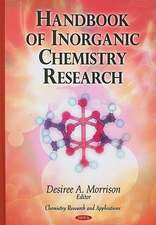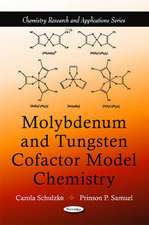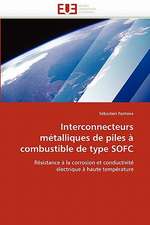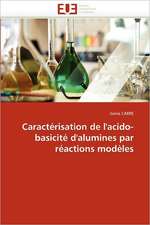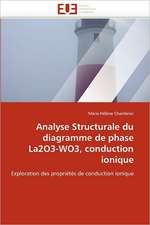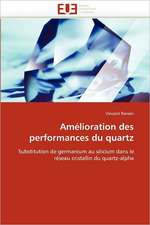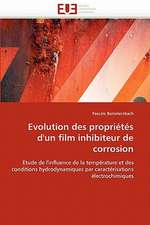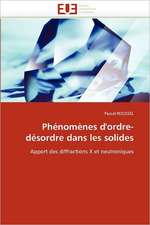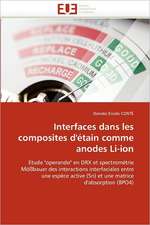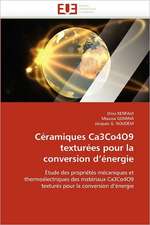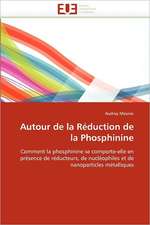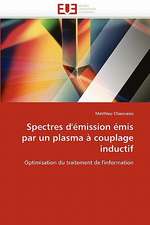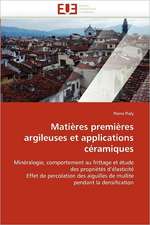Radium and the Secret of Life
Autor Luis A. Camposen Limba Engleză Paperback – 5 iul 2016
Before the hydrogen bomb indelibly associated radioactivity with death, many chemists, physicians, botanists, and geneticists believed that radium might hold the secret to life. Physicists and chemists early on described the wondrous new element in lifelike terms such as “decay” and “half-life,” and made frequent references to the “natural selection” and “evolution” of the elements. Meanwhile, biologists of the period used radium in experiments aimed at elucidating some of the most basic phenomena of life, including metabolism and mutation.
From the creation of half-living microbes in the test tube to charting the earliest histories of genetic engineering, Radium and the Secret of Life highlights previously unknown interconnections between the history of the early radioactive sciences and the sciences of heredity. Equating the transmutation of radium with the biological transmutation of living species, biologists saw in metabolism and mutation properties that reminded them of the new element. These initially provocative metaphoric links between radium and life proved remarkably productive and ultimately led to key biological insights into the origin of life, the nature of heredity, and the structure of the gene. Radium and the Secret of Life recovers a forgotten history of the connections between radioactivity and the life sciences that existed long before the dawn of molecular biology.
From the creation of half-living microbes in the test tube to charting the earliest histories of genetic engineering, Radium and the Secret of Life highlights previously unknown interconnections between the history of the early radioactive sciences and the sciences of heredity. Equating the transmutation of radium with the biological transmutation of living species, biologists saw in metabolism and mutation properties that reminded them of the new element. These initially provocative metaphoric links between radium and life proved remarkably productive and ultimately led to key biological insights into the origin of life, the nature of heredity, and the structure of the gene. Radium and the Secret of Life recovers a forgotten history of the connections between radioactivity and the life sciences that existed long before the dawn of molecular biology.
| Toate formatele și edițiile | Preț | Express |
|---|---|---|
| Paperback (1) | 302.32 lei 6-8 săpt. | |
| University of Chicago Press – 5 iul 2016 | 302.32 lei 6-8 săpt. | |
| Hardback (1) | 588.16 lei 6-8 săpt. | |
| University of Chicago Press – 3 apr 2015 | 588.16 lei 6-8 săpt. |
Preț: 302.32 lei
Nou
Puncte Express: 453
Preț estimativ în valută:
57.86€ • 60.18$ • 47.76£
57.86€ • 60.18$ • 47.76£
Carte tipărită la comandă
Livrare economică 12-26 aprilie
Preluare comenzi: 021 569.72.76
Specificații
ISBN-13: 9780226418742
ISBN-10: 022641874X
Pagini: 352
Ilustrații: 14 halftones
Dimensiuni: 152 x 229 x 25 mm
Greutate: 0.52 kg
Editura: University of Chicago Press
Colecția University of Chicago Press
ISBN-10: 022641874X
Pagini: 352
Ilustrații: 14 halftones
Dimensiuni: 152 x 229 x 25 mm
Greutate: 0.52 kg
Editura: University of Chicago Press
Colecția University of Chicago Press
Notă biografică
Luis A. Campos is associate professor of the history of science at the University of New Mexico.
Recenzii
"By writing the story of radium back into the history of early genetics, Campos upends some of its standard tales. . . . Handling his subject with care, and exploiting its unique properties at every turn, Campos demonstrates radium's capacity to reveal the secrets of science and history alike."
"In four revealing case studies, Campos explores radium as a vitalizer (as associated with life-producing “radiobes”), a stimulant (e.g., in botany, as inducing and directing evolution), as a mutagen (in studies of fruit flies and plants), and as an analytical tool (as used to mutate genes). He argues that radium cast the history of genetics 'in an entirely new light' and even engendered a shift in the meaning of mutation itself. . . . This is a fascinating, informative look at how the discovery of a single element led to the transformation in understanding matter and life itself. . . . Essential."
"In his meticulously researched Radium and the Secret of Life, Campos recounts the often-giddy response to this newfound nightlight on the periodic table. Radium’s novel properties, Campos shows, were a surprising source of scientific energy and experimentation. Biologists, for example, constructed metaphors that likened radium and life that fueled new findings about genetics, heredity, and evolution. Ultimately, however, the toll the element took on radiation researchers (like Marie Curie) and women who painting radium numbers on watch dials provided a darker counterpoint to a time before the hydrogen bomb would equate radium not with life but with death."
"Working within the metaphor that radium’s role in biology underwent a series of transmutations akin to a radioactive decay chain, Campos uses four case studies to illustrate how radium served as a vitalizing agent, a growth stimulant, a mutagen, and, finally, a radiobiological tool before being eclipsed by other techniques. Radium and the Secret of Life is engagingly written and well referenced and contains appropriate illustrations."
"Radium and the Secret of Life uncovers the impact of radium in yet another realm, showing the transformative presence of radium in the history of biology and, in particular, in the early history of genetics."
"Campos’ interest is firmly in intellectual history, and the way ideas spread between disciplines, laboratories, and the past and present. By focusing on a particular element, Campos convincingly puts what may traditionally be considered an object of the physical sciences at the center of a history of biology. Therefore, while historians of twentieth century biology are Campos’ main audience, the book will be of interest to those with an interest in the history of physics, radioactivity, and inquiries into the origins of life. And while Campos does not engage directly with emerging scholarship on ‘new materialism’, Radium and the Secret of Life implicitly demonstrates its relevance to historians of life sciences. . . . In revealing previously unknown connections between the sciences of radioactivity and heredity, Radium and the Secret of Life demonstrates the remarkable productivity of metaphor in generating new understandings and approaches between disciplines, and invites us to reconsider our understanding of what it means to be alive."
“Biologists, physicists, public intellectuals, and popularizers in the first half of the twentieth century all asked themselves some form of the question: is radium alive? In this thorough and challenging study, Luis Campos not only chronicles and contextualizes their many divergent answers, but also accounts for the gradual irrelevance of the question. Valuable as a straightforward intellectual history of radium in the life sciences, and in particular for the light it sheds on little-studied episodes like Burke’s sensational claim to have detected radium-induced life, this is also a thought-provoking meditation on the place of metaphor in science and the history of science.”
"Radium and the Secret of Life probes the experimental and metaphorical connections between transmutation and mutation. As that coupling makes clear, it was a book waiting to be written. Campos provides a deeply researched, engagingly written, and provocatively argued history of this potent conjunction, and how it disintegrated so fully as to be nearly forgotten."
"In revealing previously unknown connections between the sciences of radioactivity and heredity, Radium and the Secret of Life demonstrates the remarkable productivity of metaphor in generating new understandings and approaches between disciplines, and invites us to reconsider our understanding of what it means to be alive."
"Radium and the Secret of Life is as much a history of ideas as it is a history of particular investigators and their work, and Campos weaves together these two threads in a way that is both convincing and engaging. This approach situates Radium and the Secret of Life amid a larger discussion of ionizing radiation that has recently flourished in the history of science, technology, and medicine, including Angela Creager’s Life Atomic, Matthew Lavine’s The First Atomic Age, and Martin V. Melosi’s Atomic Age America. A common challenge faced by all of these historians, and well-handled by Campos in the first chapter of Radium and the Secret of Life, is to help readers understand how people in the past thought about a force that is powerful, yet largely imperceptible."


